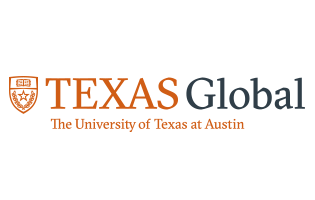Research Interests
I use methods from operations research, systems analysis, and economics to improve decision-making in the energy, natural resources, and the environment (ENRE) domain. My work involves a mix of theoretical analysis and computational modeling.
Methodological Areas of Expertise:
- Systems analysis
- Optimization
- Economic modeling
- Game theory
- Probabilistic and risk analysis
Application Areas of Expertise:
- Energy and environmental policy analysis
- Energy markets
- Electricity reliability, resilience, and resource adequacy
- Carbon management, especially carbon capture, utilization, and storage
- Energy sector planning and infrastructure development
- Energy transition strategies, sectoral and economy-wide
- Technological change and innovation, in general and for clean energy
- Biosecurity and agricultural supply chain risk management
Research Sponsors
I am grateful for the support of the numerous public and private sector organizations that have supported our research!










![]()

![]()

